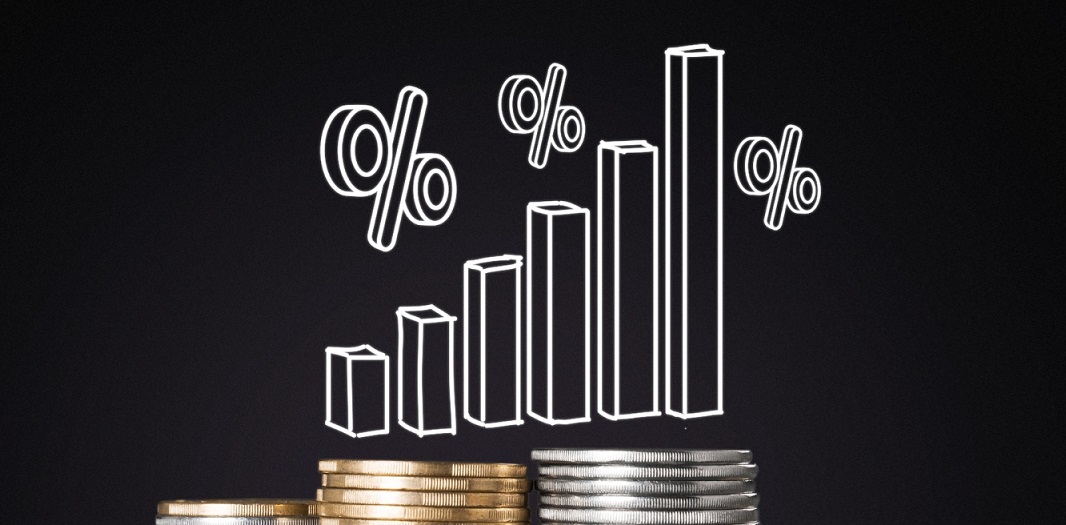In this article, we will discuss what you need to know about a Fed rate hike. First, we will understand what is meant by Fed rate. The Fed rate or the federal funds rate, refers to the rate at which commercial banks in the US borrow or lend their excess reserves to other banks overnight. This rate is set by the Federal Open Market Committee (FOMC). The Fed typically hikes or reduces this rate to control the money supply in the economy.
Here, we take a look at 5 things you need to know about the Fed rate hike.
1. How the Fed uses interest rate hikes
The Fed’s main job is to manage the monetary policy for the United States, which basically means controlling the supply of money in the economy. Interest rates are a tool that the Fed uses to control the money supply. Interest rate hikes are used by the Fed to decrease the supply of money in the economy while lowering interest rates has the opposite effect. What does the Fed achieve by managing the monetary policy? The monetary policy has two goals: ensure maximum employment and stable prices or low inflation.
2. When does the Fed hike rates??
The Fed decides to hike interest rates when the inflation in the economy is on the higher side and the unemployment rate is low. When the Fed hikes interest rates, it leads to an increase in the cost of borrowing across the economy. Higher interest rates make loans expensive both for businesses that want to raise money and for consumers that want to borrow. Businesses that cannot afford the high cost of loans would then postpone borrowing to fund new projects. At the same time, higher interest rates also encourage people to save more money as they can earn a higher rate of interest. The overall effect is to reduce the supply of money in the economy. This tends to rein in inflation and cool down the economy.
3. Previous hikes/reductions:
During the 2008 financial crisis, the Fed lowered its interest rate to an unprecedented range of 0-0.25%. The rates were not revised upward till December 2015, when the rates were hiked to a range of 0.25% to 0.5%, the first hike since 2006. After the 2015 hike, the Fed kept on increasing the interest rates till July 2019, after which it reversed its trajectory and announced a 25-basis points reduction to 2% from 2.25%. In light of the COVID-19 pandemic, it reduced the interest rates further to a range of 0% – 0.25% in March 2020. On the back of rising inflation, the Fed is expected to hike rates again in 2022.
4. Impact on the US stock markets
What happens when interest rates rise? A Fed interest rate hike may impact the stock market adversely. Higher interest rates make it more expensive for both businesses and consumers to borrow money. A rise in the cost of doing business may lead to lower investments and in turn lower revenue, and earnings growth for public firms. . Also, an anticipation of a Fed rate hike may make the markets volatile for a while. However, the relationship between rate hikes and stock markets is not a direct one and the impact may come with a lag.
5. Impact on global stock markets
A US Fed rate increase can also impact the markets globally, especially emerging markets. In the past, a rate hike has resulted in foreign investors pulling out of emerging markets and moving their funds to less risky assets like US treasury bonds because they now provide higher returns.
Thus, the Fed interest rate movements are something investors should be aware of when making long-term investments in the US stock markets.









